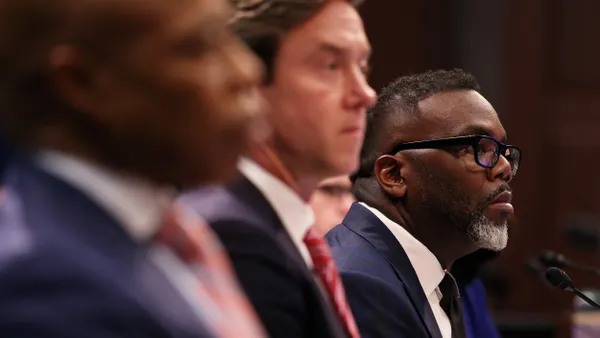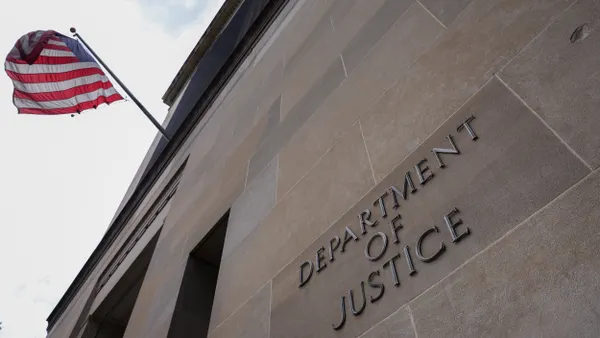As the world marks the two-year milestone of the pandemic, many city leaders are taking stock of the essential and creative ways that municipalities have allocated federal coronavirus relief dollars.
In Detroit, city officials dedicated $7 million from the American Rescue Plan Act (ARPA) to transform a long-vacant high-rise into senior housing. In Raleigh, North Carolina, leaders allocated $250,000 in ARPA funds to build an ice rink downtown. Meanwhile, in Columbus, Mississippi, officials spent $3 million to fix flooding problems and in Richmond, Kentucky, leaders allocated $154,000 to provide one-time $500 vaccination incentives to its employees.
“The American Rescue funds helped to fill holes that would have otherwise forced a layoff of many dedicated public servants and would have left our residents much, much more vulnerable,” said San Jose, California, Mayor Sam Liccardo in a statement to the U.S. Conference of Mayors shared this week. “In addition to filling holes, it also helped us to be creative, to address what we knew would be looming challenges with this pandemic.”
The National League of Cities (NLC), in partnership with Bloomberg Philanthropies, released new data Thursday from their joint COVID-19 Local Action Tracker that rounds up how local governments across 800 U.S. cities have allocated those dollars while also reflecting on some of the challenges that have accompanied the unprecedented influx of money.
Among the many unique ways that cities have opted to spend federal relief dollars, the NLC highlights five themes in how the money has been allocated across local governments:
- Budget stabilization
- Public health investments to prevent the spread of COVID-19
- Improvements to failing infrastructure
- Efforts to keep residents housed
- Inclusive support for local entrepreneurs and a bolstering of local economies
Municipalities used the money to hire additional employees, protect city staffer salaries and provide hazard or premium pay to frontline workers, according to the analysis.
Cities also used funds to improve facilities like parks and sewer systems, in addition to broadband and transportation networks. Other common allocations included funding to support affordable housing, local businesses and vaccination efforts.
Federal dollars also provided city leaders an opportunity to pilot innovative solutions. For example, Chicago and Los Angeles launched universal basic income programs, noted NLC's Joshua Pine, urban innovation senior specialist in the Center for City Solutions. Leaders in Milwaukee, Wisconsin, have also done an especially thoughtful job of combining community input and data to ensure ARPA funds are being used to address inequities, he said. The city has allocated over $26 million for lead abatement efforts, $4 million to bolster summer youth employment and $2.7 million for clean energy jobs.
The allocation of funds hasn’t all been smooth sailing, though. State preemption reared its head as a challenge for some cities to pursue certain initiatives, according to NLC Program Director of Urban Innovation Lena Geraghty. Many states, for example, block cities from building out broadband infrastructure that would be owned and operated by the municipality.
Cities have also faced significant administrative barriers, Geraghty said. Many cities, for instance, struggled to distribute federal rent relief last year, as local leaders had to quickly create new systems to disburse unprecedented influxes of cash.
As cities continue to receive these funds and make decisions about how to spend them, Pine advised that leaders be intentional about engaging with the community and using data to assess areas of greatest need and where they can get the highest return on investment.
Many local governments would also benefit from a regional approach, he said, noting that numerous issues cities face are regional in nature. Such regional collaboration can already be seen among groups like the National Smart Coalitions Partnership, which consists of seven regional smart cities consortiums.












